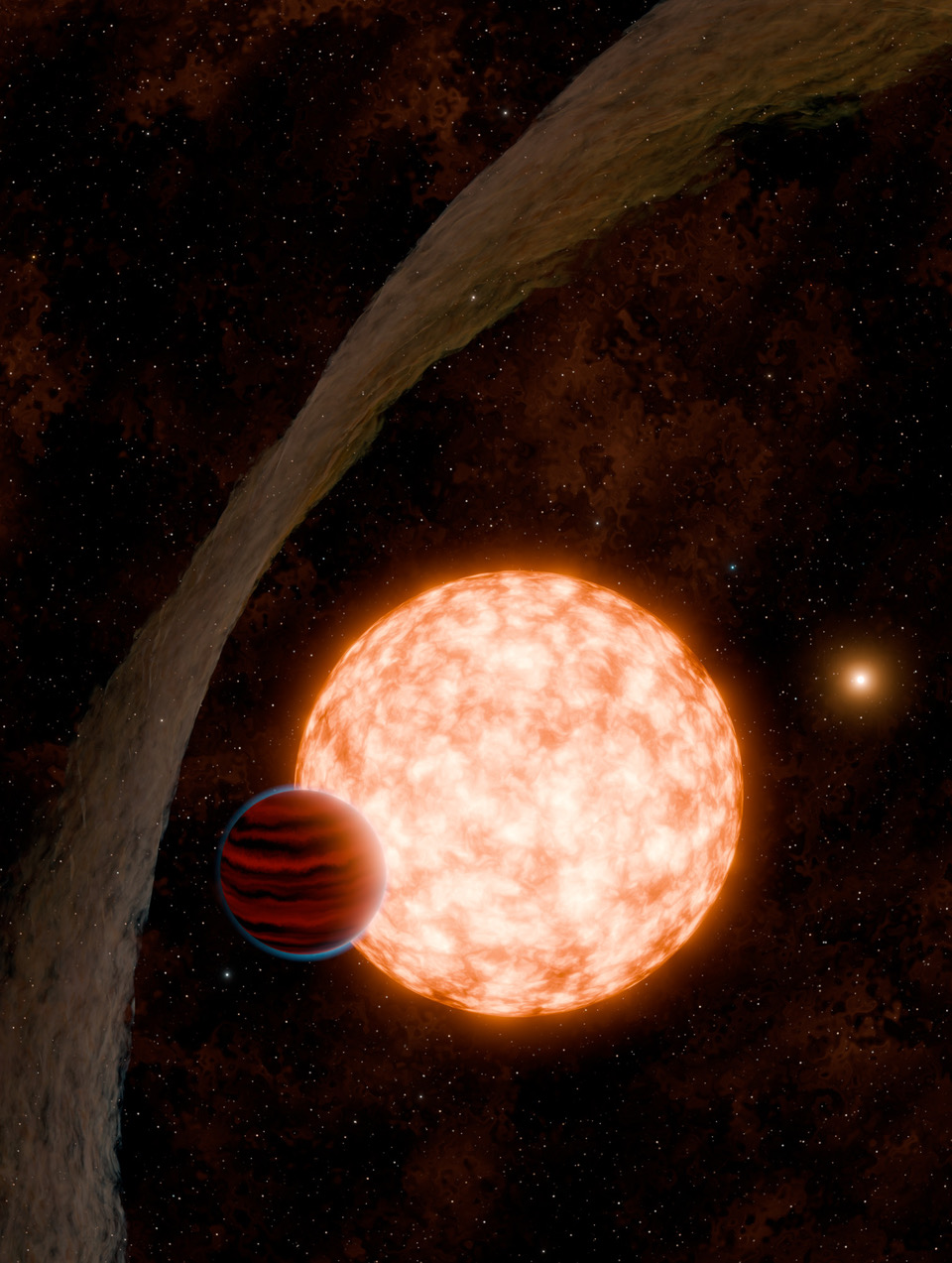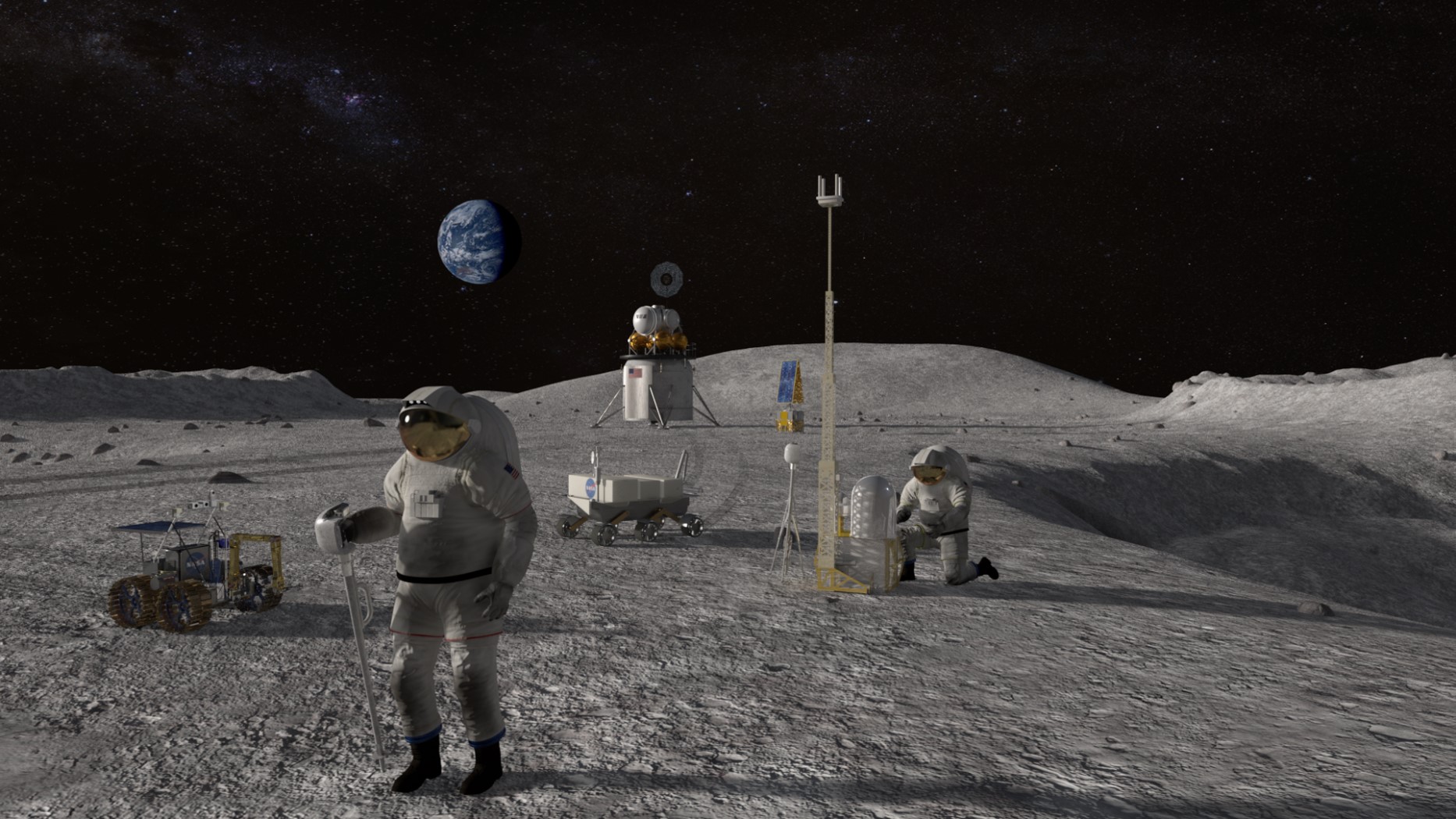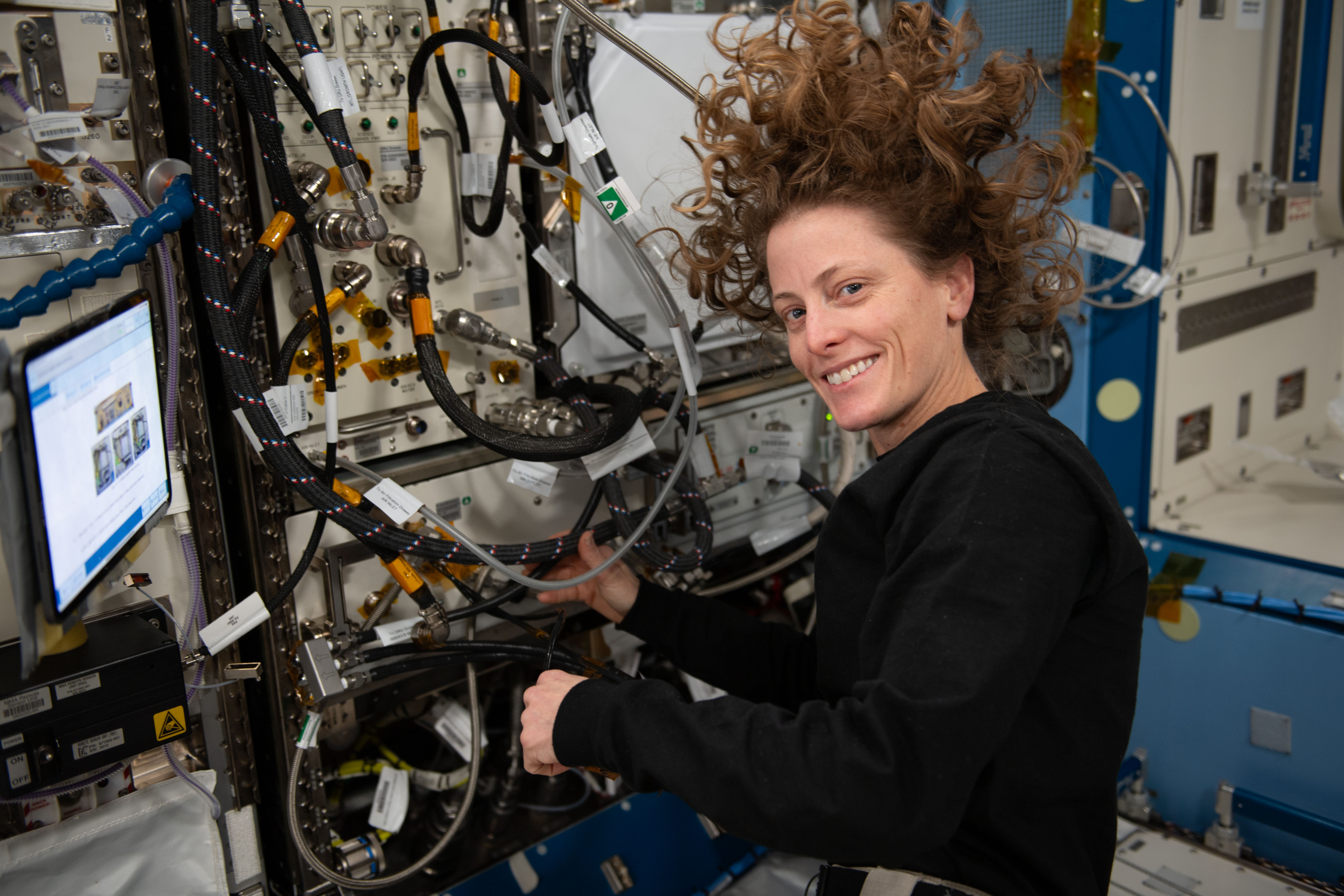Discovery Alert: A Rare Glimpse of a Newborn Planet
The Discovery A huge planet with a long name – IRAS 04125+2902 b – is really just a baby: only 3 million years old. And because such infant worlds are usually hidden inside obscuring disks of debris, it is the youngest planet so far discovered using the dominant method of planet detection. Key Facts The […]

The Discovery
A huge planet with a long name – IRAS 04125+2902 b – is really just a baby: only 3 million years old. And because such infant worlds are usually hidden inside obscuring disks of debris, it is the youngest planet so far discovered using the dominant method of planet detection.
Key Facts
The massive planet, likely still glowing from the heat of its formation, lies in the Taurus Molecular Cloud, an active stellar nursery with hundreds of newborn stars some 430 light-years away. The cloud’s relative closeness makes it a prime target for astronomers. But while the cloud offers deep insight into the formation and evolution of young stars, their planets are usually a closed book to telescopes like TESS, the Transiting Exoplanet Survey Satellite. These telescopes rely on the “transit method,” watching for the slight dip in starlight when a planet crosses the face of its host star. But such planetary systems must be edge-on, from Earth’s vantage point, for the transit method to work. Very young star systems are surrounded by disks of debris, however, blocking our view of any potentially transiting planets.
A research team has just reported an extraordinary stroke of luck. Somehow, the outer debris disk surrounding this newborn planet, IRAS 04125+2902 b, has been sharply warped, exposing the baby world to extensive transit observations by TESS.
Details
While the warped outer disk is a great coincidence, it’s also a great mystery. Possible explanations include a migration of the planet itself, moving closer to the star and, in the process, diverging from the orientation of the outer disk – so that, from Earth, the planet’s orbit is edge-on, crossing the face of the star, but the outer disk remains nearly face-on to us. One problem with this idea: Moving a planet so far out of alignment with its parent disk would likely require another (very large) object in this system. None has been detected so far.
The system’s sun happens to have a distant stellar companion, also a possible culprit in the warping of the outer disk. The angle of the orbit of the companion star, however, matches that of the planet and its parent star. Stars and planets tend to take the gravitational path of least resistance, so such an arrangement should push the disk into a closer alignment with the rest of the system – not into a radical departure.
Another way to get a “broken” outer disk, the study authors say, would not involve a companion star at all. Stellar nurseries like the Taurus Molecular Cloud can be densely packed, busy places. Computer simulations show that rains of infalling material from the surrounding star-forming region could be the cause of disk-warping. Neither simulations nor observations have so far settled the question of whether warped or broken disks are common or rare in such regions.
Fun Facts
Combining TESS’s transit measurements with another way of observing planets yields more information about the planet itself. We might call this second approach the “wobble” method. The gravity of a planet tugs its star one way, then another, as the orbiting planet makes its way around the star. And that wobble can be detected by changes in the light from the star, picked up by specialized instruments on Earth. Such “radial velocity” measurements of this planet reveal that its mass, or heft, amounts to no more than about a third of our own Jupiter. But the transit data shows the planet’s diameter is about the same. That means the planet has a comparatively low density and, likely, an inflated atmosphere. So this world probably is not a gas giant like Jupiter. Instead, it could well be a planet whose atmosphere will shrink over time. When it finally settles down, it could become a gaseous “mini-Neptune” or even a rocky “super-Earth.” These are the two most common planet types in our galaxy – despite the fact that neither type can be found in our solar system.
The Discoverers
A science team led by astronomer Madyson G. Barber of the University of North Carolina at Chapel Hill published the study, “A giant planet transiting a 3 Myr protostar with a misaligned disk,” in the journal Nature in November 2024.
Share
Details
Related Terms
What's Your Reaction?



















.jpg?#)































